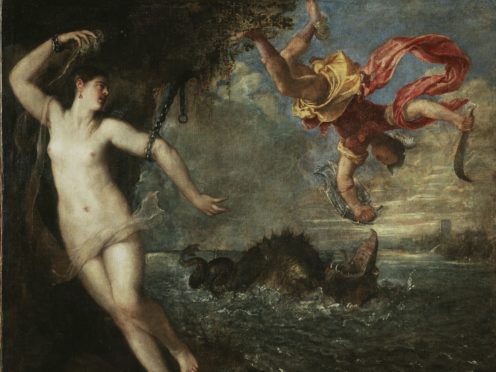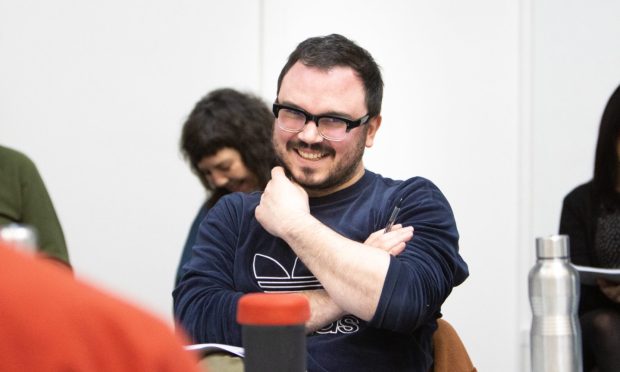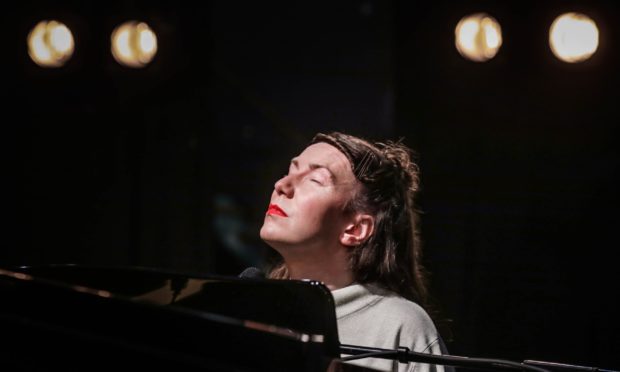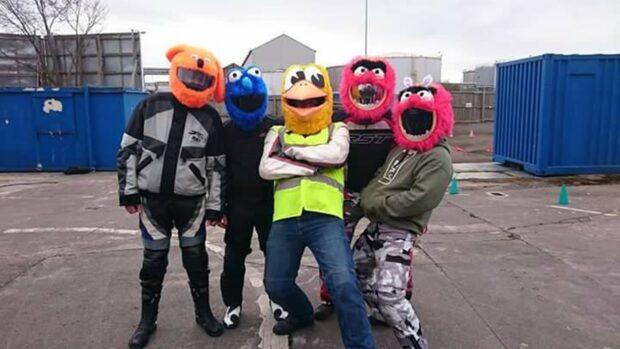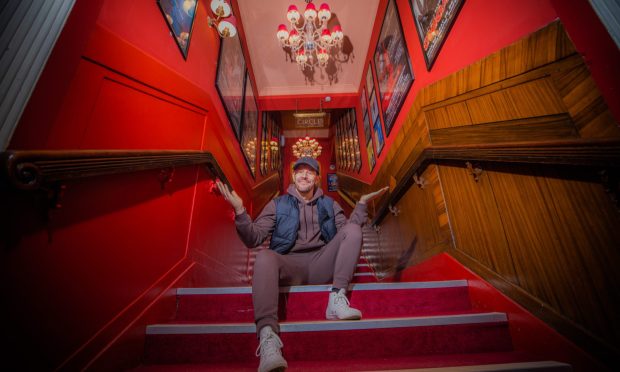Titian’s Perseus and Andromeda is the first work that will ever be loaned by the Wallace Collection in its 119-year history.
The inaugural loan from one of the world’s most significant collections of fine and decorative arts will see the historic painting join the National Gallery’s forthcoming exhibition Titian: Love, Desire, Death.
It will reunite the Italian Renaissance artist’s six great mythological paintings, known as the “poesie”, for the first time since the late 16th century.
Titian’s six large-scale mythological paintings, completed between around 1551 and 1562, will be displayed at the National Gallery next March.
They are considered among the most original visual interpretations of classical myth of the early modern era and are touchstone works in the history of European painting thanks to their expressive and rich rendering.
The National Gallery will, in return, lend Rubens’ A View of Het Steen in the Early Morning to the Wallace Collection, where it will be displayed alongside the Flemish artist’s companion piece The Rainbow Landscape.
The two works of art will sit alongside each other for the first time in more than 200 years from May to September next year.
The move to share Titian’s great painting comes after the Wallace Collection announced that it would loan works on a temporary basis for the first time in its history.
The Wallace Collection displays the art collections collated by the first four Marquesses of Hertford and Sir Richard Wallace, and was bequeathed to the British nation by Lady Wallace in 1897 before being opened to the public as a museum in 1900.

The world-renowned London-based collection, which includes works by Velazquez, Van Dyck, an array of the finest French 18th century art and princely arms and armour, was traditionally considered to be a closed collection.
However, the terms of Lady Wallace’s bequest do not forbid lending or borrowing, and in September the collection joined other national museums in lending works both within the UK and internationally.
Dr Xavier Bray, director of the Wallace Collection, said: “I am delighted that we are able to help the National Gallery to bring together Titian’s magnificent ‘poesie’, enabling visitors to see the complete commission for the first time in over 400 years.
“In return, we are excited to reunite Rubens’s A View of Het Steen in the Early Morning with his Rainbow Landscape at the Wallace Collection, which were always intended to be seen as a pair.
“This is an unprecedented moment in art history, made possible by the Wallace Collection’s decision to lend works for the first time.”
